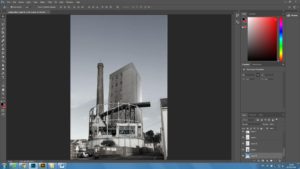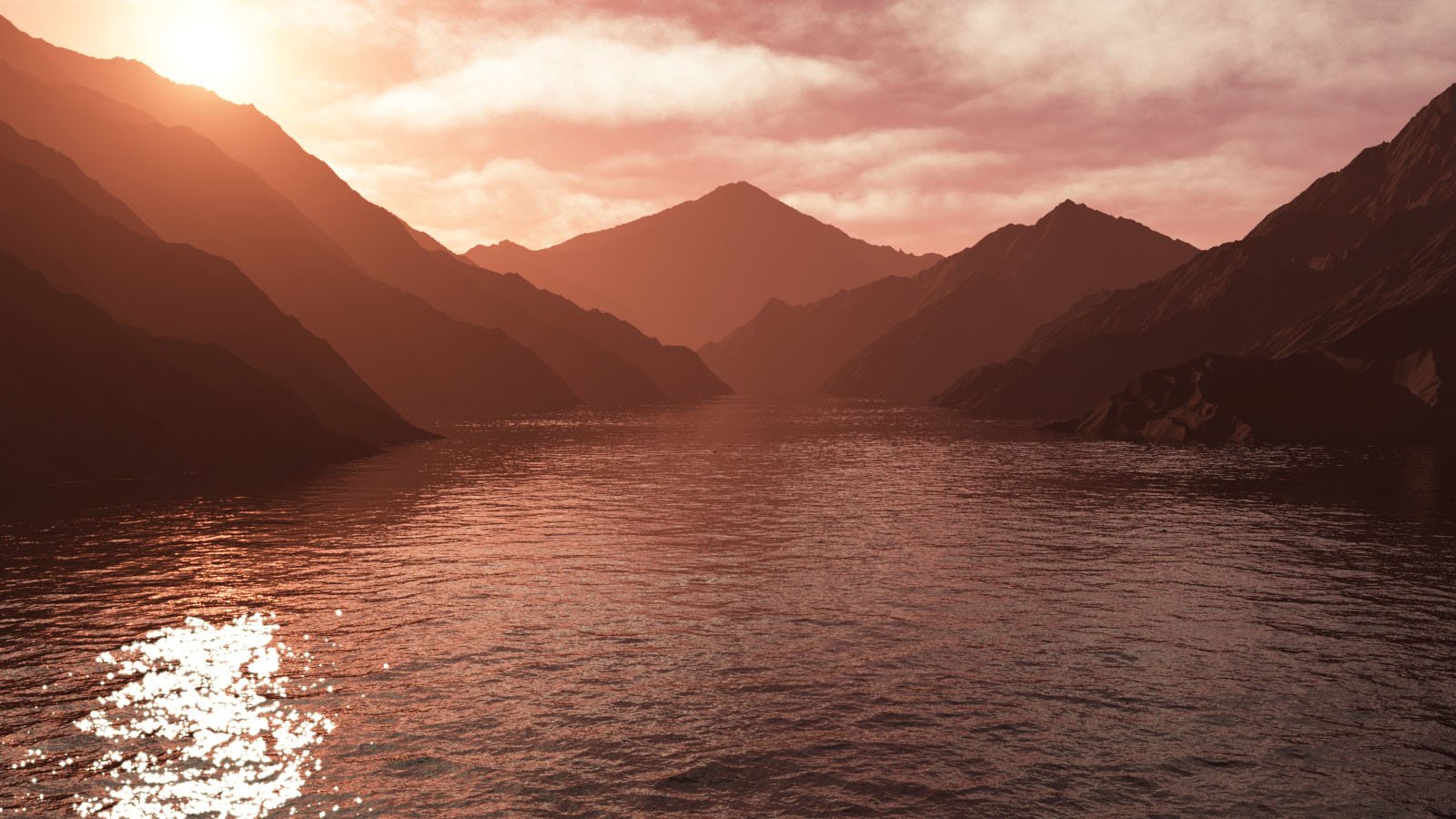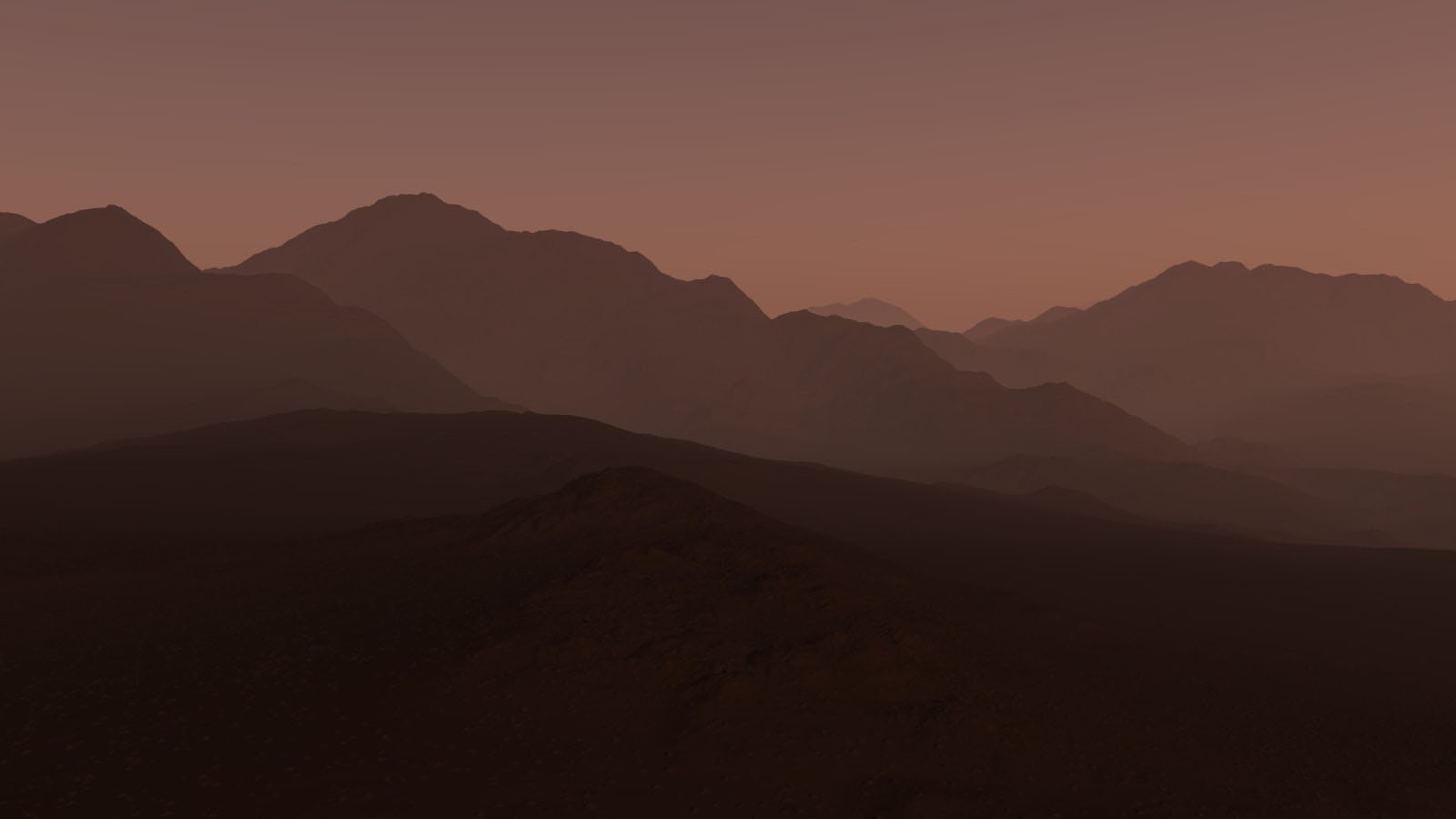The route I wanted to explore began on Belmont Road, before ending up around Ann Place Car Park and finally finishing by the old Ann Street Brewery. I have walked past this area regularly but very rarely get a chance to see what it actually looks like. I was interested by the modern houses and apartments surrounding an old run-down brewery.

This was my route.

The Ann Street Brewery was founded as a company in 1905, but brewing activities on the site it occupied in Ann Street (formerly Rue es Helles) can be traced back to 1871. The new company brewed ale, and only switched to other beer types in the 1950s. The company acquired the license to manufacture and distribute Coca-Cola in the Channel Islands in 1952. In 1958 the company acquired the distribution license for Bollinger champagne for the islands.

Ann Street remained a modest-sized business into the early 1970s before a turning point in 1971, when Ian Steven took over as the company’s lead. Under Steven, Ann Street began developing its pub estate holdings, which grew to more than 100 across the Channel Islands. The company also entered the French market, acquiring L’Abeille, that country’s leading supplier of private-label soft drinks for the French supermarket sector. Into the 1990s, Ann Street, which was listed on the London Stock Exchange’s main board, began seeking an extension onto the English mainland, building up a pub estate in southern England. In 2000 the company moved bought the Brubeckers restaurant chain.
Ann Street took over the Tipsy Toad brewpub in 1997. Jersey Brewery and Tipsy Toad were relocated to the current site in 2004. In 2008, following a management buyout, the brewery came under the ownership of Liberation Group. Beers are currently branded as either Liberation or Mary Ann. In 2011 the brewery was renamed to Liberation but still use previous brand names.
My Work



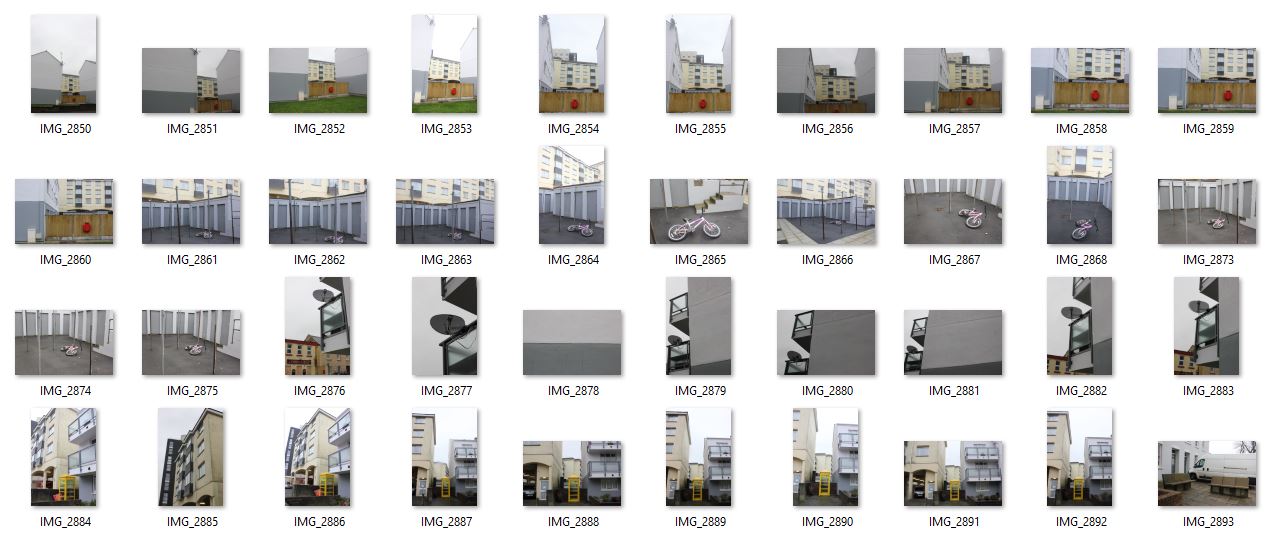







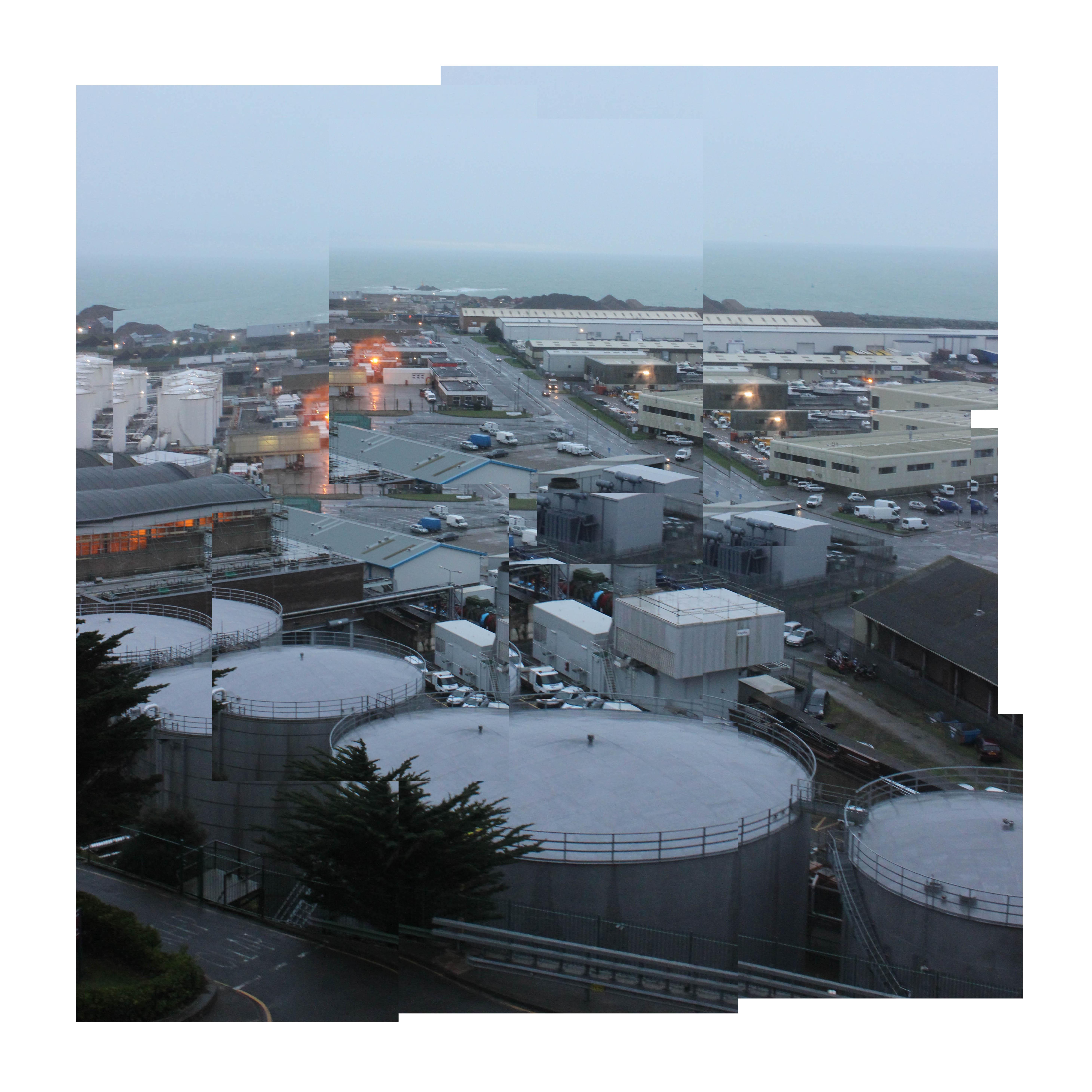


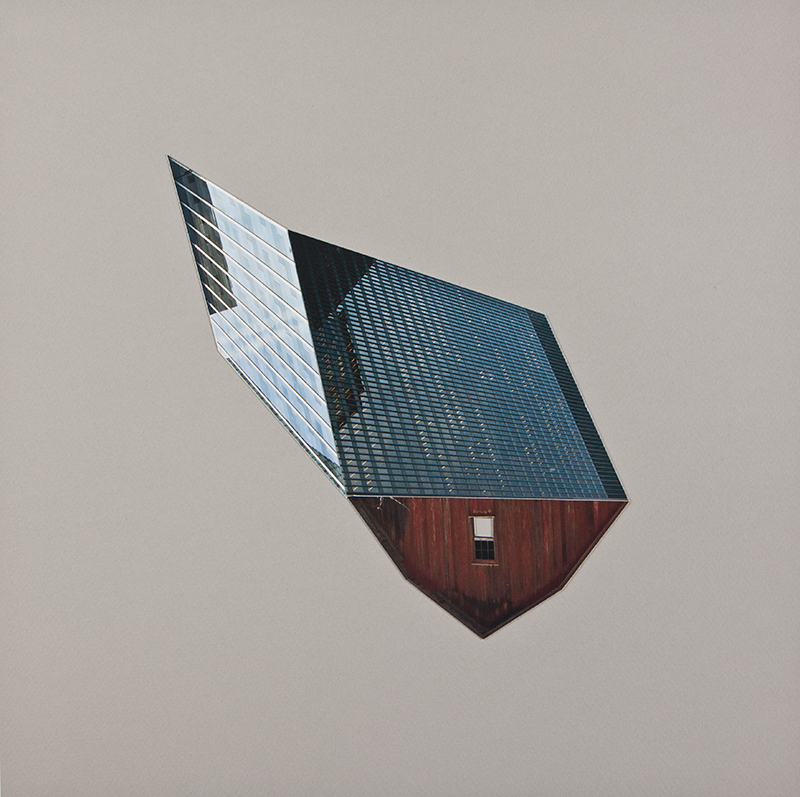
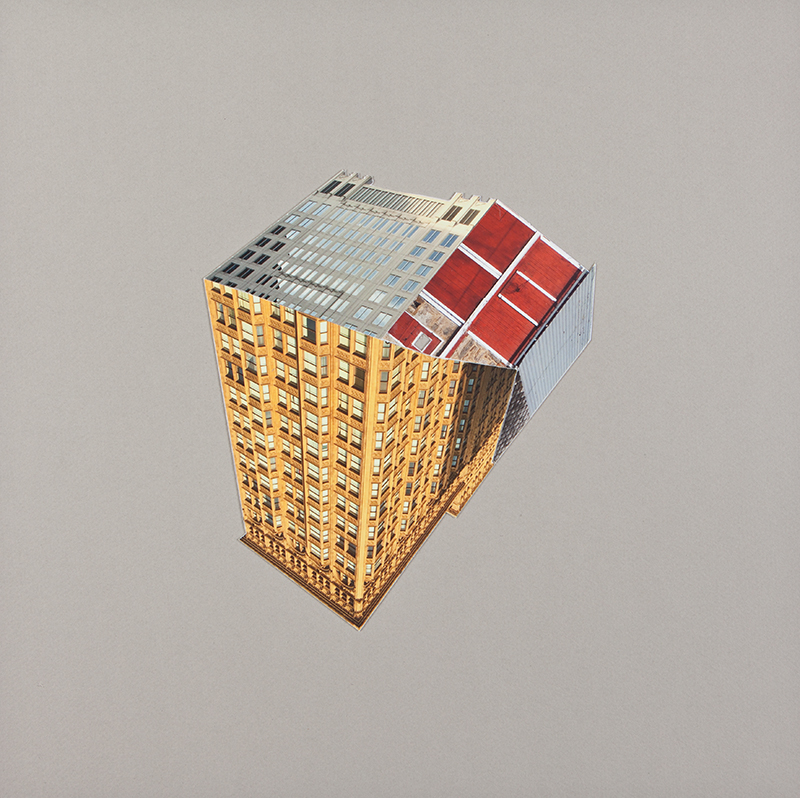

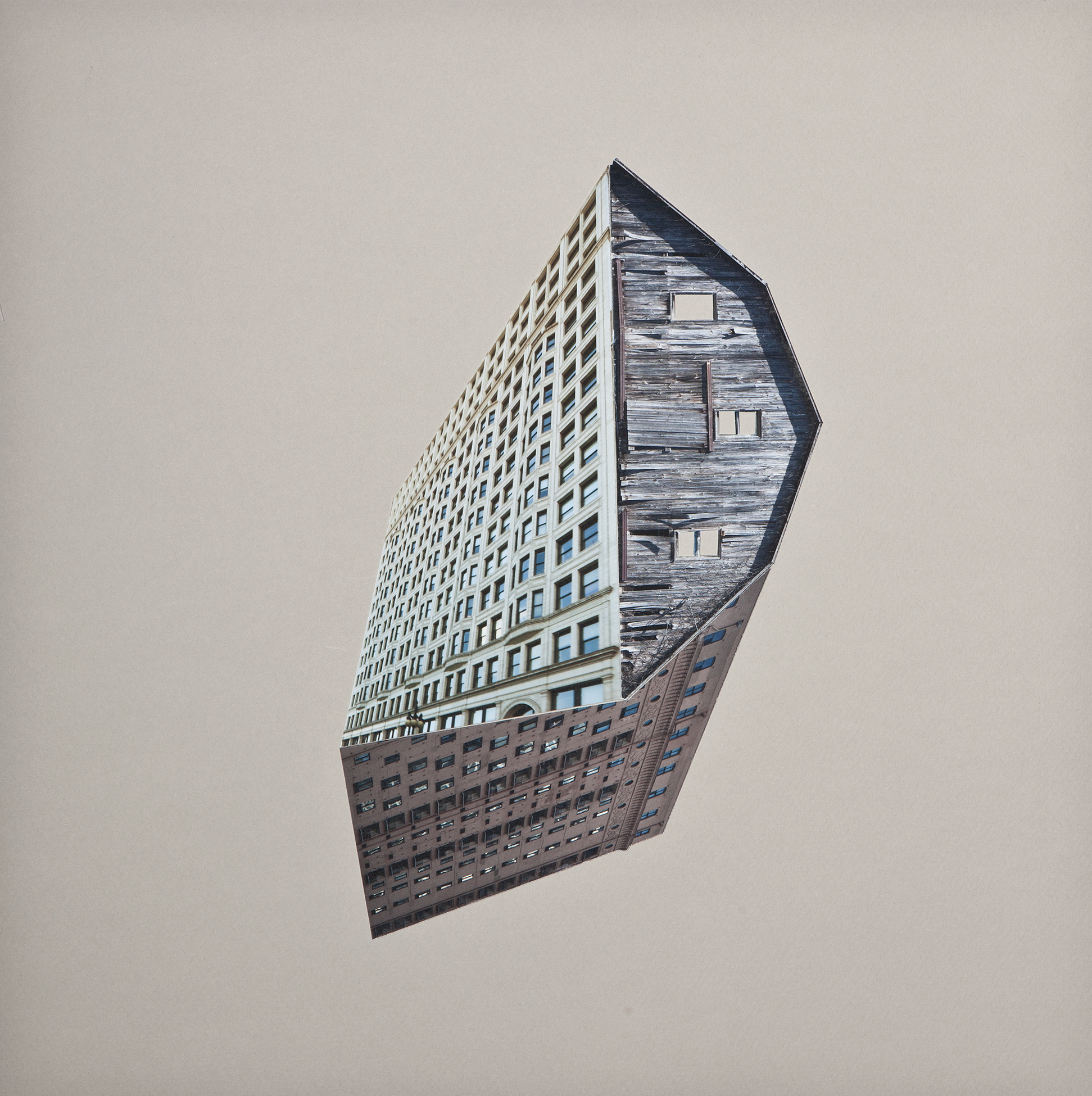













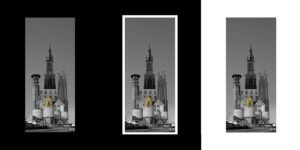
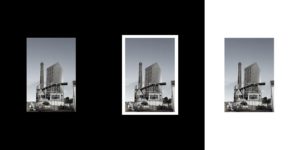
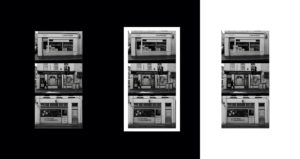 I think my images look best as simple as I can make them and I have decided to go with no boarder so there is complete focus on the image.
My final images -
I think my images look best as simple as I can make them and I have decided to go with no boarder so there is complete focus on the image.
My final images -

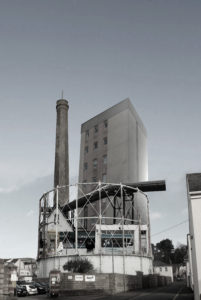 Evaluation - I think I have been successful with my final images, I am particularly happy with my responses to Beomsik Won. The editing was very slow and intricate but it allowed me to compose a landscape the way I wanted to see it, when in photography in general, the composition of a piece is usually done before shooting the image however, I was able to have complete control over my final images. The way in which I was able to create a photograph feels more creative and artistic and I feel I was able to convey work that reflects what I wanted display. During the editing process, I began to think of more ideas and things I could add to my pieces that required me to take more photos. I didn't and I wish I did as I think it would of made my images stronger. Next topic I will take as many pictures as I can that are good quality so I am not short of material.
Evaluation - I think I have been successful with my final images, I am particularly happy with my responses to Beomsik Won. The editing was very slow and intricate but it allowed me to compose a landscape the way I wanted to see it, when in photography in general, the composition of a piece is usually done before shooting the image however, I was able to have complete control over my final images. The way in which I was able to create a photograph feels more creative and artistic and I feel I was able to convey work that reflects what I wanted display. During the editing process, I began to think of more ideas and things I could add to my pieces that required me to take more photos. I didn't and I wish I did as I think it would of made my images stronger. Next topic I will take as many pictures as I can that are good quality so I am not short of material.

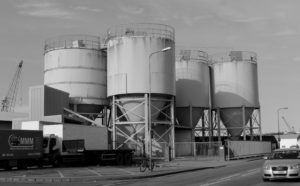
 first I had to cut away pieces of the original image so i could place other images inside, and one by one I cut up objects and buildings from my photos and placed them in the tower.
first I had to cut away pieces of the original image so i could place other images inside, and one by one I cut up objects and buildings from my photos and placed them in the tower.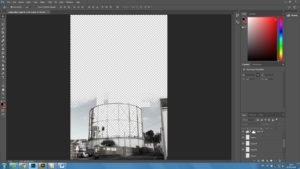

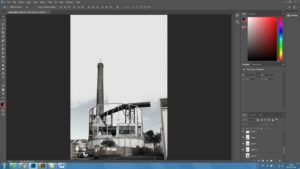 The final edit I had was to add more sky to make it a continuous photo. Using the brush tool to blend another picture of sky I came to my concluded image.
The final edit I had was to add more sky to make it a continuous photo. Using the brush tool to blend another picture of sky I came to my concluded image.